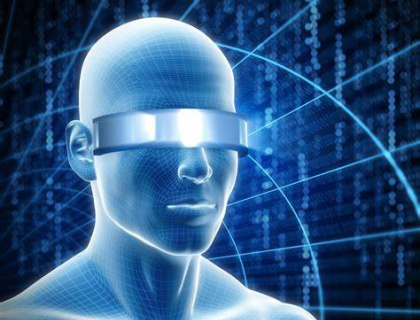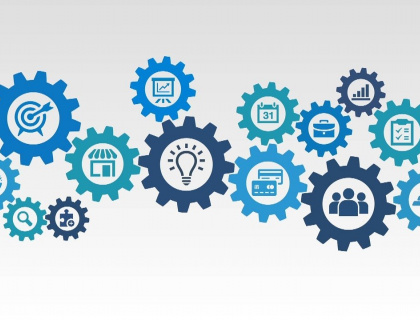Mechanical analyses refer to the study and characterization of the physical properties of materials or systems under mechanical stress, deformation or loading. It involves applying various techniques and methods to measure and analyze mechanical behavior, such as hardness, strength, elasticity, ductility, toughness, fatigue and fracture resistance. Common techniques used in mechanical analyses include tensile testing, compression testing, bending, torsion, impact testing, and creep testing. These analyses are essential in designing and optimizing materials and structures for specific applications in various industries, including aerospace, automotive, civil engineering, and biomedical engineering.

Virtual reality (VR) is a technology that allows users to experience a computer-generated 3D environment as if they were present within it. In the context of design offices, VR can be used to enhance the design process by providing designers with an immersive, interactive, and collaborative environment in which to view and evaluate their designs.
Read more
Mechanical analyses refer to the testing or analysis of the mechanical properties and behavior of materials or structures under applied stress, deformation, or load.
Read more
Product development is the process of creating new products or improving existing products in order to meet the needs and wants of customers. It involves a series of steps from ideation to commercialization, and may vary depending on the industry and product being developed.
Read more